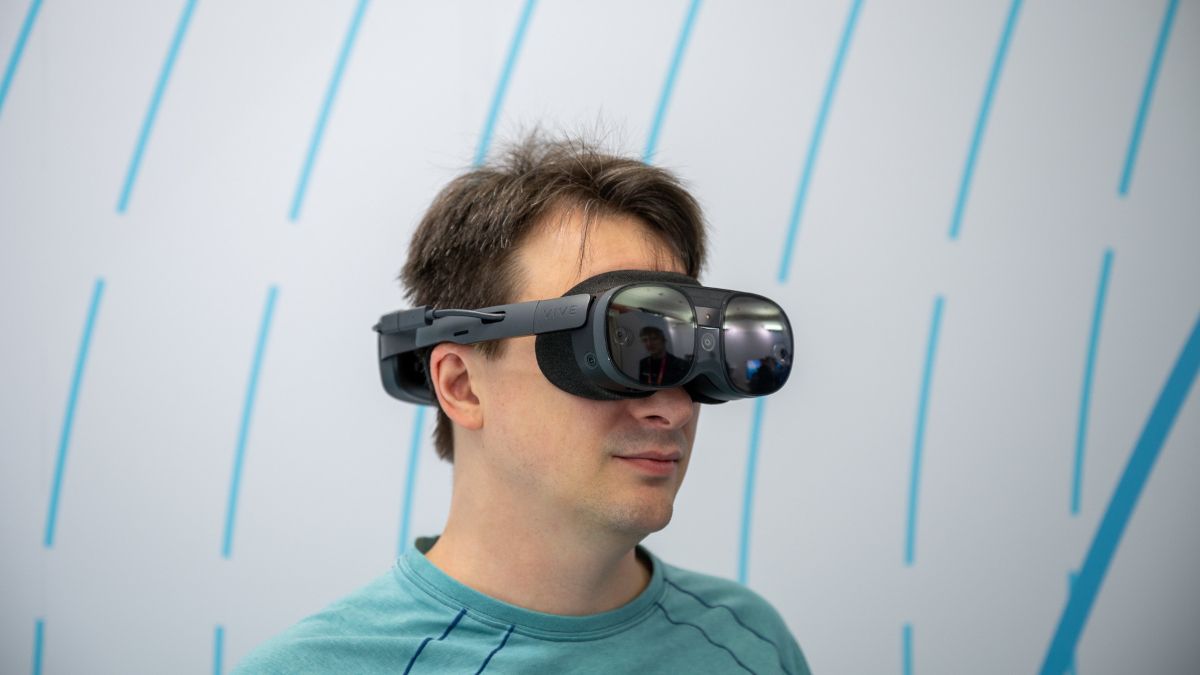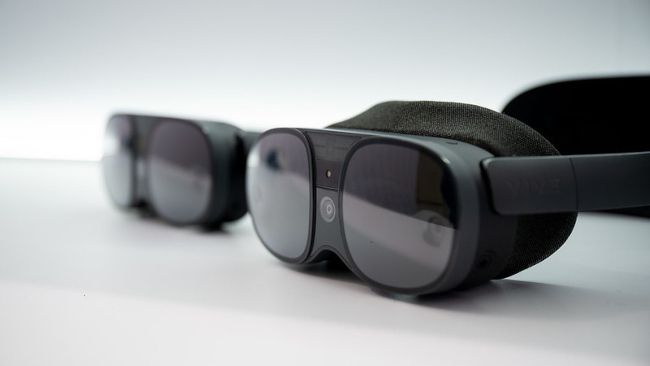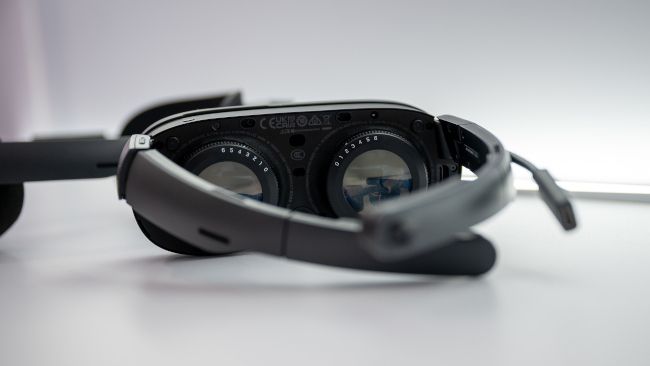Quick Links
HTC wowed the VR faithful at CES 2023 with the announcement of its Vive XR Elite headset. It's not priced to compete with budget-friendly headsets, but HTC's clever ideas offer a tantalizing glimpse of how VR will solve its remaining problems.
What Is the Vive XR Elite?
Like the Quest series of headsets from Meta, the HTC Vive XR Elite is a standalone headset with its own onboard computer system, but priced at $1,099 and shipping in early 2023. HTC's official specifications list it as a Qualcomm Snapdragon XR2 system-on-a-chip, the same hardware inside the Quest 2, not the XR2+ found in the Quest Pro.
That being said, two devices running the same hardware can still differ in performance thanks to different power targets or cooling solutions. The Vive XR Elite offers 1920x1920 pixels per eye at 90Hz, with up to 110-degrees horizontal field of view.
Wireless streaming for PC VR is part of the listed features, and to that point, the headset is equipped with Wi-Fi 6E, which should minimize latency. Like most current-generation headsets, the XR Elite uses inside-out tracking, which means no external trackers are required.
The XR Elite doesn't seem that remarkable on paper, just another high-end standalone headset in the same vein as the Quest Pro. However, what makes this headset interesting isn't in its specifications but in smaller details in its design and approach to VR.
Shrinking Headsets
While the Quest 2 is a far cry from the big bulky VR headsets of the 90s, it's not yet the sleek set of goggles seen in movies like Ready Player One either. The XR Elite significantly more compact than other headsets on the market with similar specifications.
It's also worth noting that the headset supports different styles of head straps that easily swap out. There's the secure headband you'd want to wear while playing VR games and a system that works like traditional glasses, for mixed reality or less energetic VR applications.
While we'd like to see even flatter and more compact headsets in the future, the Vive XR Elite is taking a solid step in the right direction here.
Solving the Need for Glasses in VR
Many of us need glasses while using VR, and no headset so far has a perfect solution to this issue. You can get prescription lenses made for some headsets or use a glasses spacer to wear them over your regular glasses. Either way, extra fussing is necessary for those without perfect vision.
One of the reasons the XR Elite can be more compact is HTC's decision to integrate diopter adjustment into the headset. This means that you can adjust the strength of correction, at least within a certain range, There will still be users who need adjustment outside of the range, but we suspect the vast majority of those who need glasses fall into the supported range.
Swappable Batteries
The Quest 2 and Quest Pro don't have removable batteries, which means you may have to resort to external battery packs for more extended sessions. HTC has noticed this issue, and so the XR Elite offers a hot-swappable battery system that effectively extends your untethered VR sessions to however many batteries you have.
In addition to the extended operating times, hot-swappable batteries have the bonus of not adding extra weight to the headset. On a Quest headset, adding battery life means adding weight to your head too, which increases the level of discomfort.
Modular Design
HTC has made the XR Elite a modular system. This means that future modules can upgrade or alter how the headset works. So far, the only modules announced are gaze and face-tracking add-ons. Still, it wouldn't be surprising to see the company produce other interesting modifications for existing headset owners.
Getting Warmer!
In 2016 the Oculus Rift was a breath of fresh air, showing the world that VR could be practical, comfortable, and even portable. Now, XR headsets that combine VR and mixed reality (MR) technology are firmly in the "mobile" category of devices, while offering significant improvements over headsets from the late 2010s.
If you're interested in getting the Vive XR Elite, you can preorder it from HTC's website. Headsets are expected to start shipping in February 2023.



